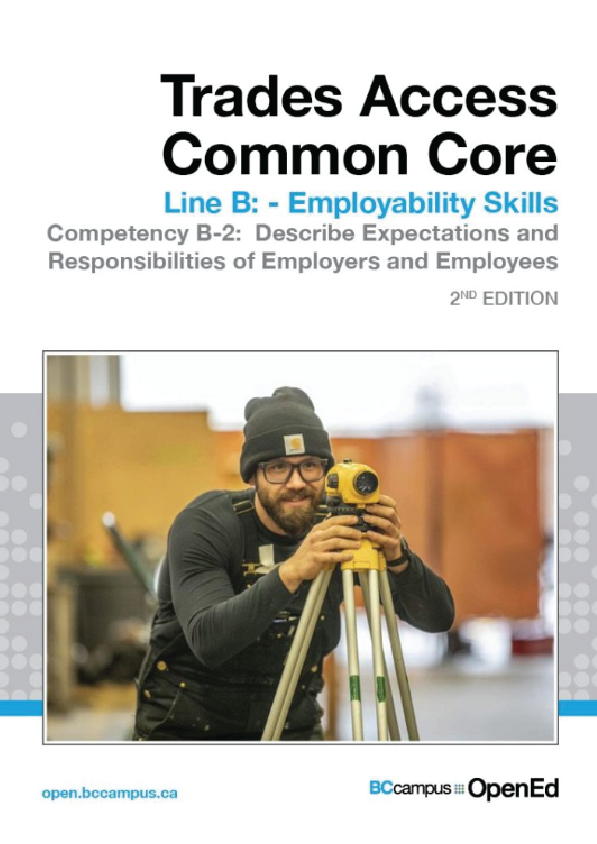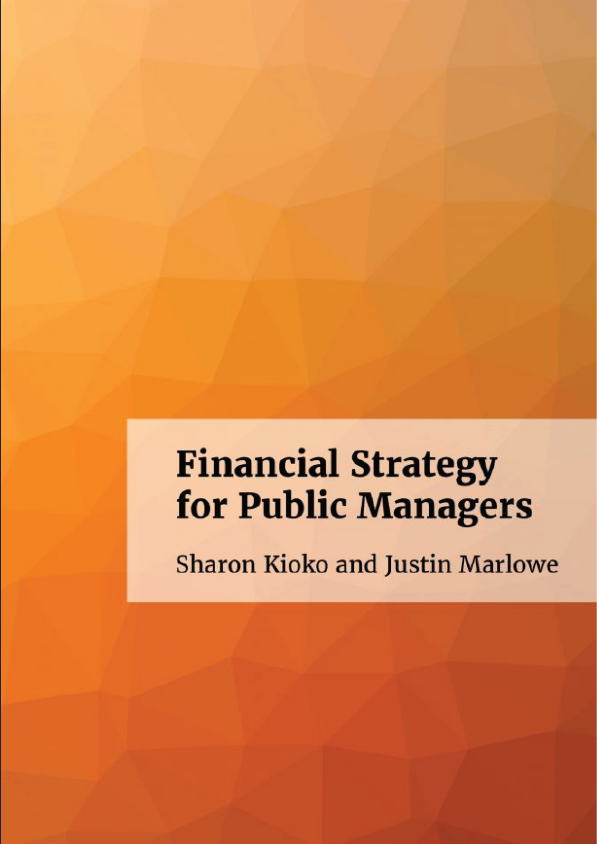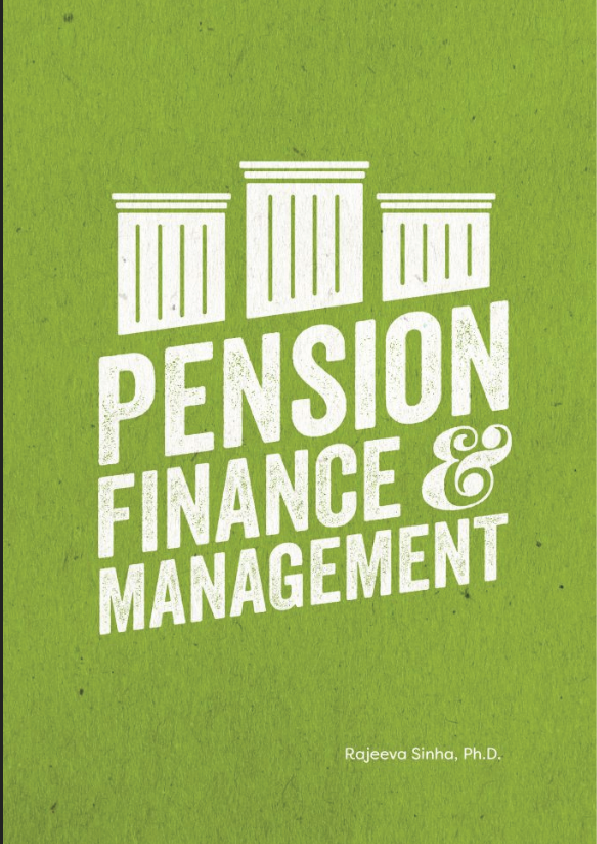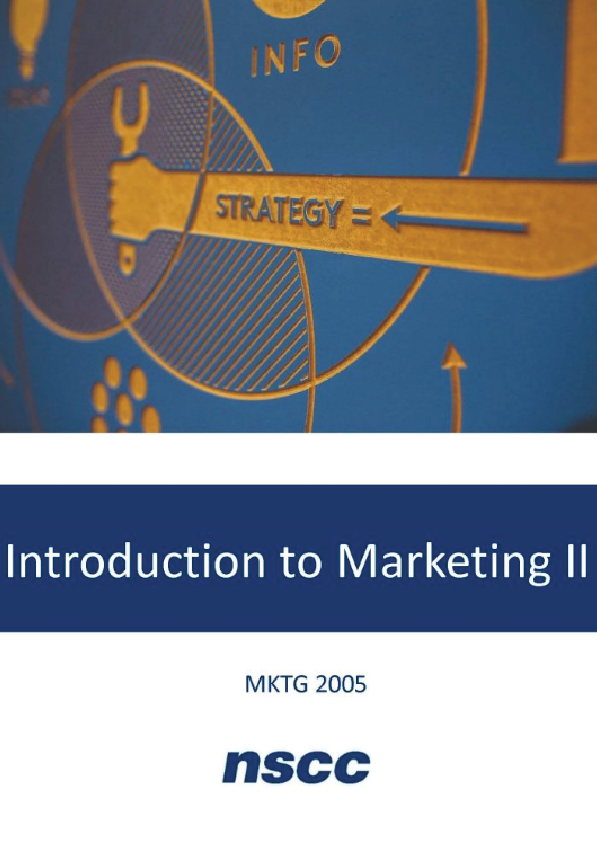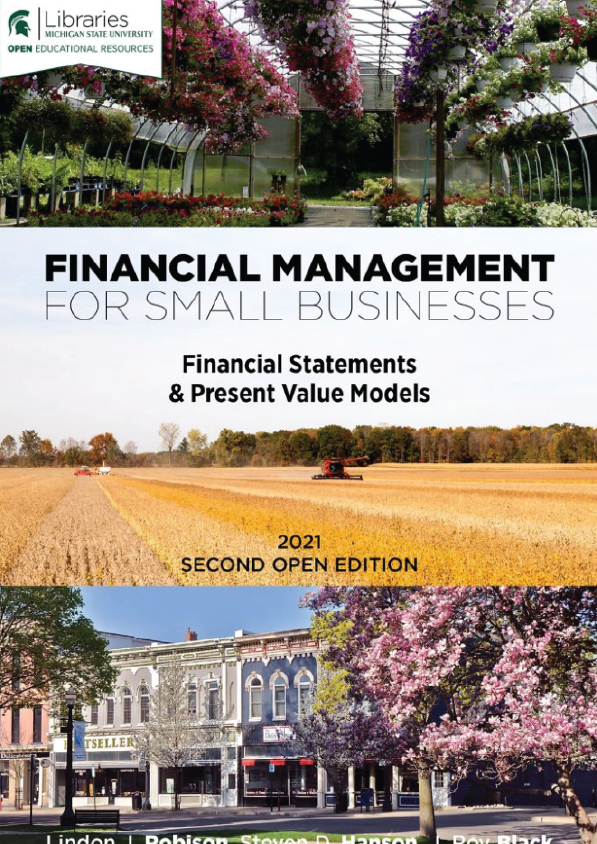As you enter the workforce, it is important to understand the major trends in employment and how to find this information. In this competency, we’ll look at some of the current major trends in employment in Canada and British Columbia. This review includes an overview of the economy, skills that employers look for, and employee expectations. We’ll also look at effective strategies for entering the labour market and finding a job.
In general, employers look for and hire individuals who they believe will be a good fit for their company, in both the short and long term. This includes hiring individuals who have both the “hard” and “soft” skills they desire. Your hard skills are skills that you have accomplished or have credentials for, such as a trade certificate, WHMIS, first aid training, or proficiency in a foreign language. Your soft skills, sometimes referred to as “people skills,” are those you acquire through your education and life experiences. Examples of soft skills include effective communication, problem-solving ability, flexibility, creativity, customer service skills, and the ability to work with others. These skills are necessary to keep a company or organization competitive and able to adapt to changes in the workplace. As a tradesperson, having the appropriate trades qualifications will get your résumé in the review pile, but it is all of the additional soft skills you possess that will help get you an interview and determine whether you are the right candidate for an employer.
Being informed about the trends that are transforming employment and the workplace will give you a greater understanding of the labour market and what you need to find employment.
The working world has undergone significant changes in the past two generations. Fifty years ago, most working individuals had a single employer or worked in one occupation for the majority of their lives. Smaller towns or cities revolved around one or two major employers in a specific industry. By the 1980s, most of our parents’ generation had transitioned through recessions, elimination of jobs in the public and private sector, downsizing of industries, and the movement of jobs overseas. Over the past decade, we’ve seen the adoption of digital (computer) technologies spread throughout the working world and in all facets of manufacturing and machinery. This has led to rapid change in the workplace and a need for employers and employees to be ready to adapt to further changes.
Most individuals entering the job market in the 21st century will work for multiple employers and in a number of sectors over the course of their time in the labour force. With almost every industry adopting digital technologies, workers will be required to learn new skills and adapt to an ever-changing workforce. Many will work in more than one sector of employment, and most of the work available, particularly in the trades, will be on contract or project based. More individuals will be self-employed and need the skill sets to manage their own small business.
Labour Market Projections
The job of predicting changes in the labour market is performed by a number of different organizations and individuals, including the federal and provincial governments, banks, business associations (such as local chambers of commerce), academics, and private think tanks. These predictions are used for different purposes. For example, because of Canada’s aging population and low birth rate, it has become increasingly important for the federal and provincial governments to forecast the number of workers that will be needed in the short term and long term in different occupations in order to replace workers lost through attrition (loss of skilled workers due to retirement and other reasons), and to project areas of growth in the economy that require additional workers.
